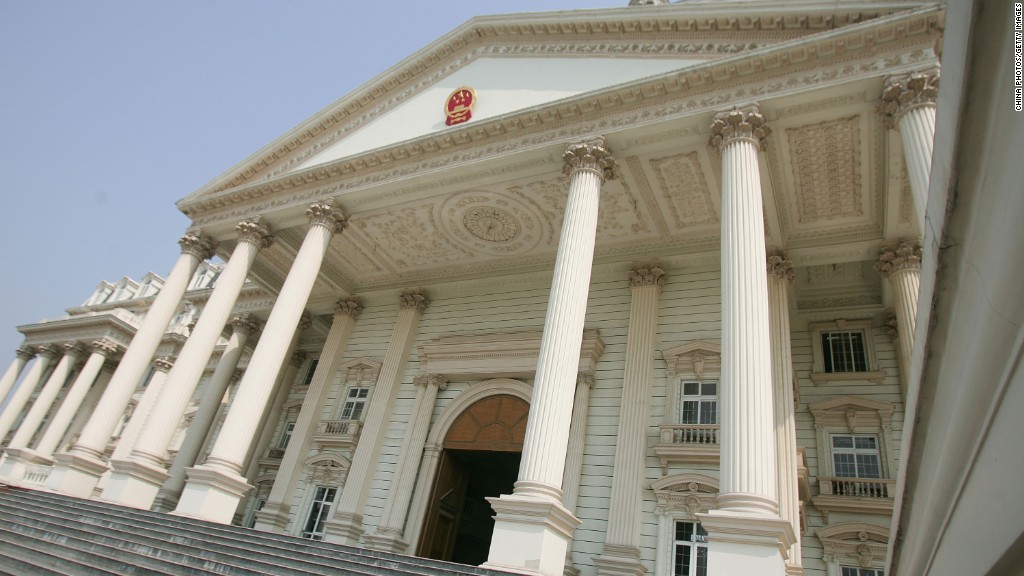
It's no secret: China has a growing debt problem.
The world's second-largest economy has been struggling to arrest local government debt -- the result of easy credit and round after round of stimulus.
While it's hard to gauge the scale of the problem, a recent government think tank report may shed some light. The Chinese Academy of Social Sciences estimates local government debt reached 19.94 trillion yuan ($3.3 trillion) by the end of 2012. Local government debt accounts for most of total government debt, which is expected to have hit 27.7 trillion yuan ($4.56 trillion), or roughly 53% GDP.
The report puts local debt at double what it was three years ago, when China last conducted a nationwide debt audit. Results of the most recent government debt audit, launched in July, haven't been released.
Related story: Alarm bells ring over China's debt problem
For now, China's local government debt remains lower than that of many other advanced economies, such as the U.S., U.K., France, Japan, Germany and Spain. But what is scary is the pace at which debt has accumulated. China's increase in local government debt is part of a larger issue -- a credit explosion as regional governments borrowed to finance major infrastructure projects to combat a slowing economy.
Mushrooming credit is cause for concern as it has often been followed by financial crises in other emerging markets. In China, it has stoked fears that capital has been misallocated, and has further contributed to a run-up in corporate and government debt.
While the Chinese government has repeatedly said debt levels are manageable, resolving the problem is on its radar. Societe Generale economist Wei Yao said Beijing recently identified handling debt as a major policy goal.
At an economic meeting in December, the government "kept the prudent monetary policy stance for 2014 and set debt risk management as one of key policy tasks for the first time," Yao said.
"Given this, we do not expect China's domestic credit environment to improve anytime soon and as a result growth deceleration will probably resume."
Related story: China's bad debt breaks Hong Kong IPO logjam

Overall growth is slowing. China is estimated to post 7.6% GDP for 2013, just above the government's official target of 7.5%, state media reported. That compares with 7.8% last year, 9.3% in 2011 and 10.4% in 2010.
Reducing reliance on credit will remain one of China's greatest challenges as it seeks to find a sustainable growth path. The government was recently tested on this issue, with the central bank forced to pump nearly $50 billion into the financial system to prevent a second damaging cash crunch this year -- at the last minute. By then, China's benchmark index, the Shanghai Composite, had already tumbled for nine consecutive days.
Some analysts criticized the central bank for acting late; an earlier move could have been more effective in countering the seasonal shortage of cash. Others said the central bank's apparent reluctance to inject emergency cash is the start of a more prudent policy approach as it's one way of reining in excessive lending.


